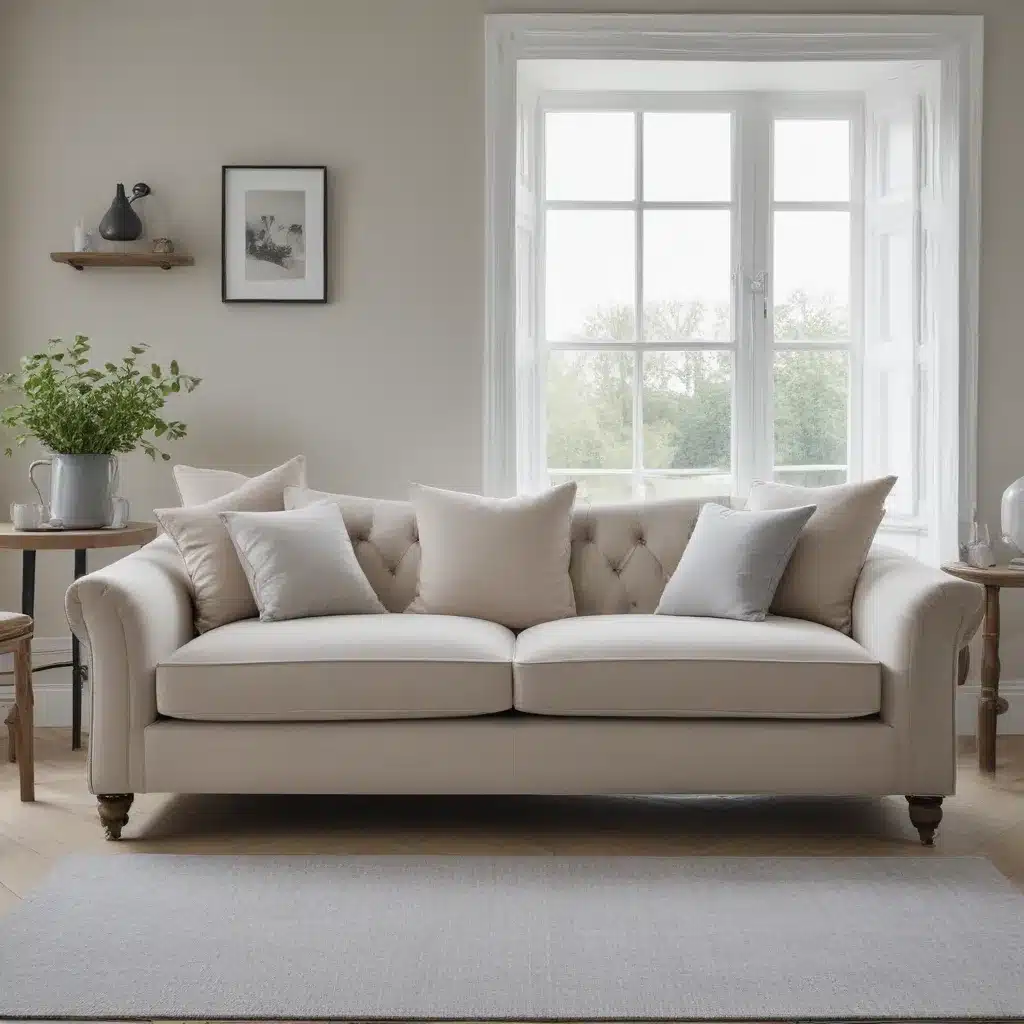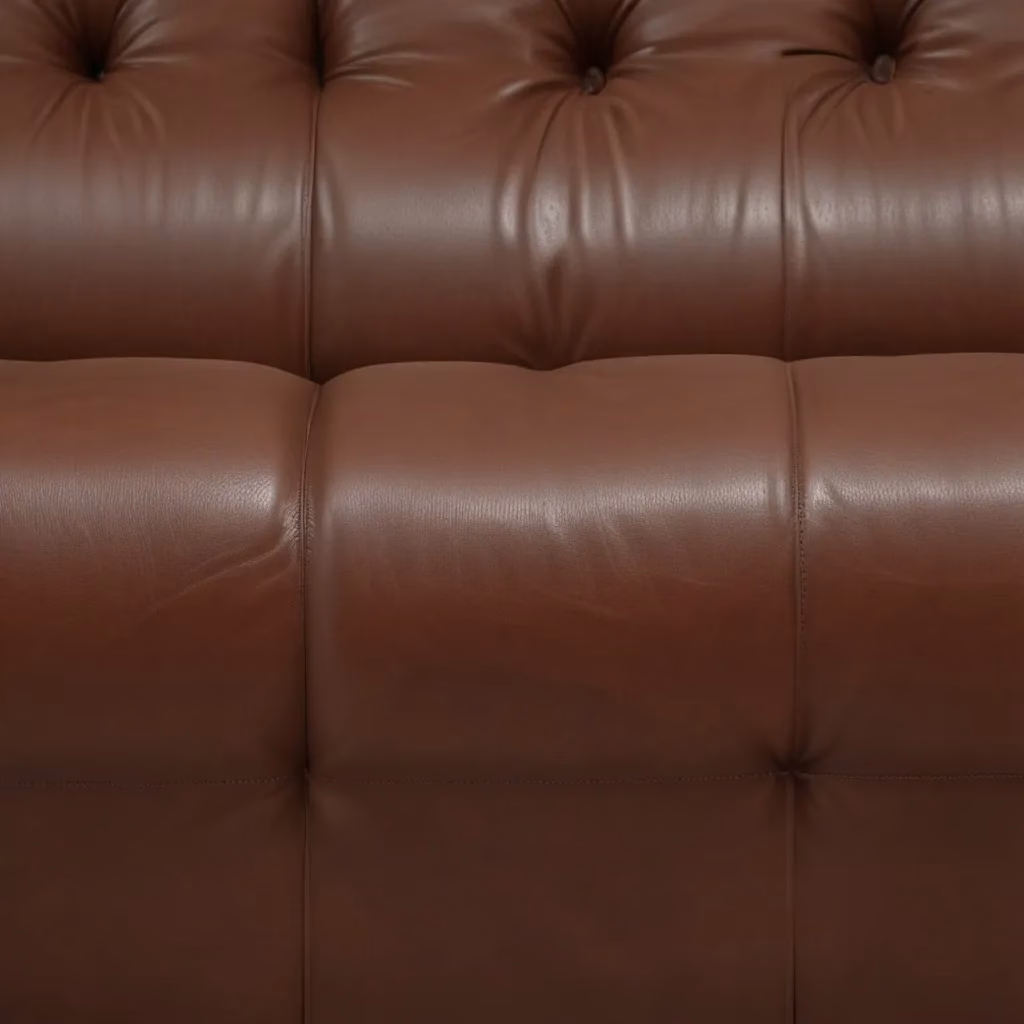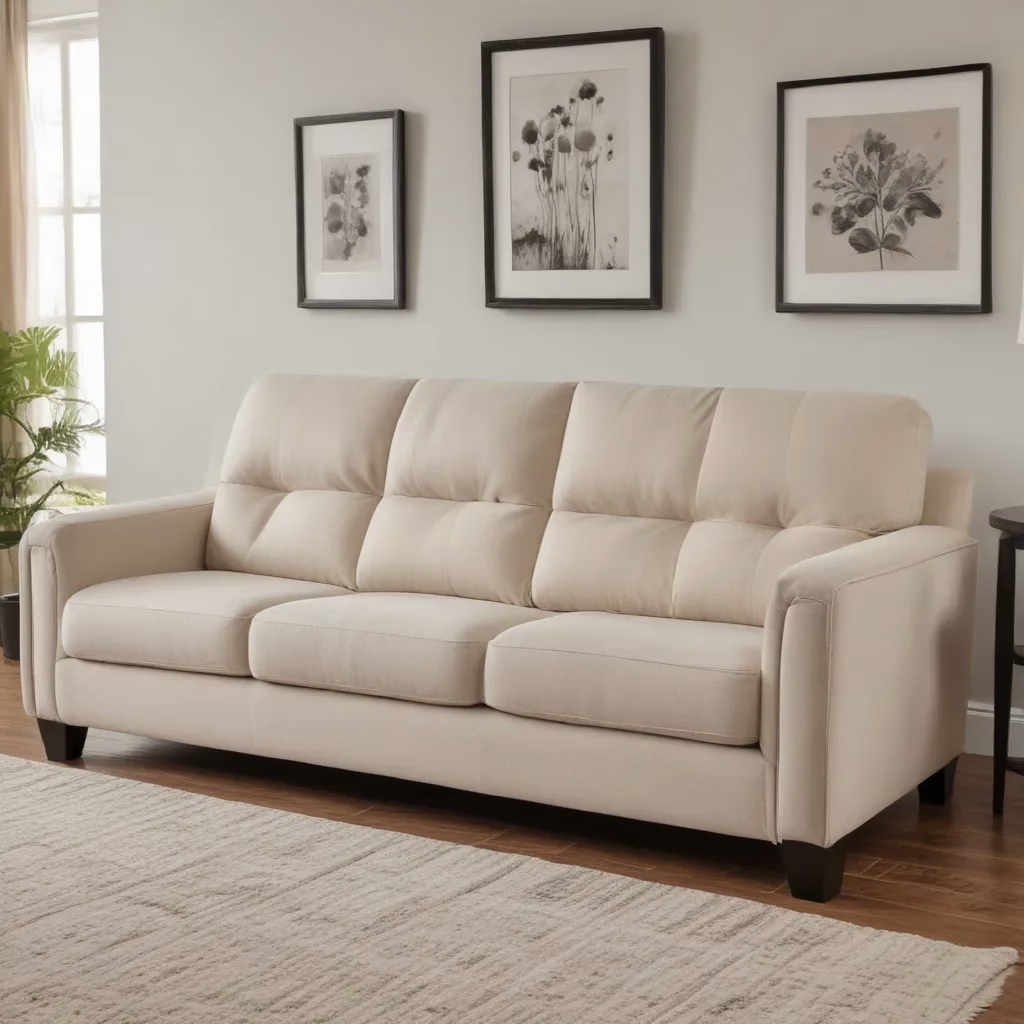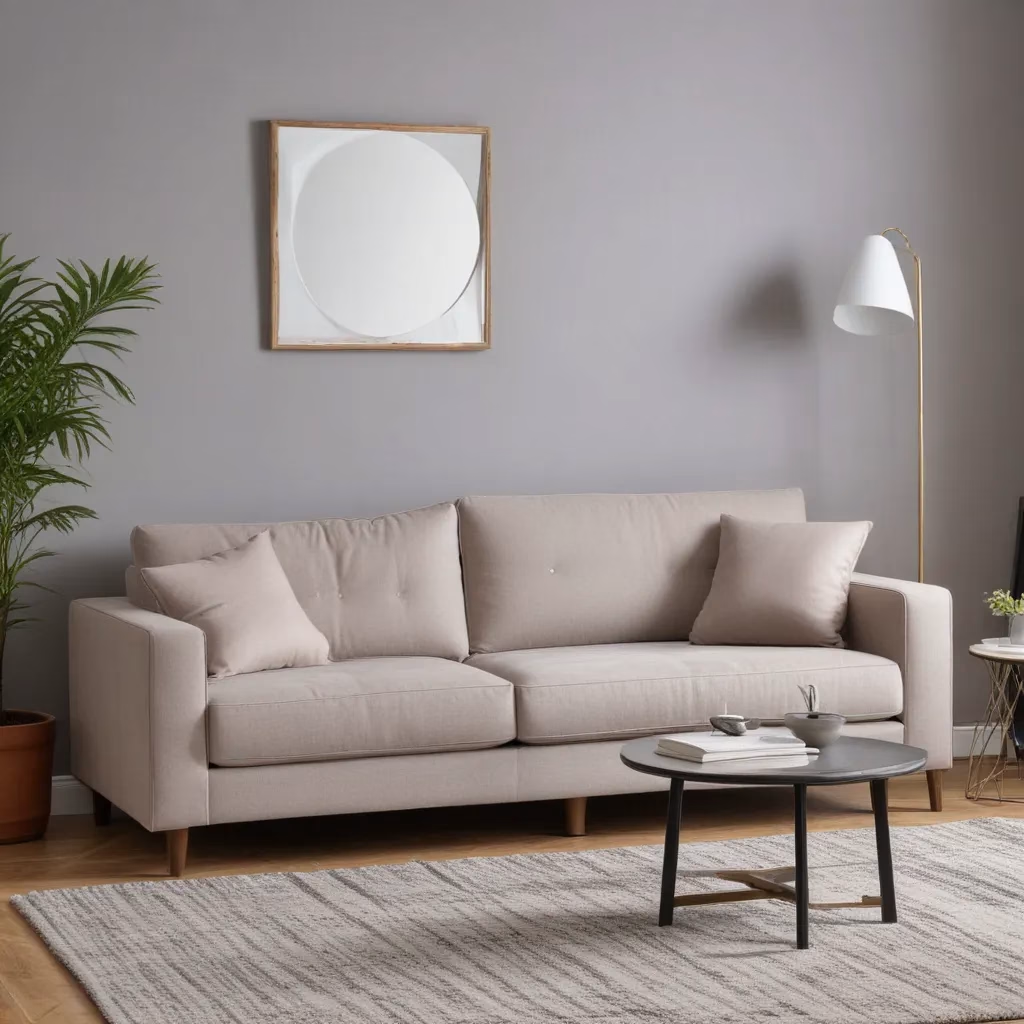The Sofa Saga: My Never-Ending Quest for the Perfect Fit
Finding the perfect sofa is not easy – I should know, I’ve been through 16 sofas since moving out of my parents’ house 18 years ago. Sixteen! I’ve been on this journey to find my “sofamate” for quite some time, and have no plans of stopping anytime soon. And as far as knowing it’s the “right one”? Other than just feeling it and knowing my personal style, I’m finally educating myself as to what it is I need to look for, size-wise.
I’ve made a few mistakes along the way – choosing cute but not practical, or colorful but obnoxious and hard to live with. Looking back, all were too big for the size of the room I’d put them in. So I asked interior designers Amanda Norcross and Scott Paterek of Norcross and Scott for help in figuring out how big is too big, and how small is too small.
Sizing Up Your Sofa Needs
The bottom line? Whether you’ve got the budget for a high-end piece or a Craigslist steal (full disclosure: most of my sofas have come from Craigslist), the equation for finding the right size sofa is the same at every price point. Here’s what Norcross and Paterek have to say:
First and foremost, the sofa has to fit the client. “Factor your height into the purchase, as well as whether you prefer low seating or a more upright position,” they advise. After that, try to allow for at least three feet of space around it for traffic. “We often use a 72-inch mid-sofa because so many older homes have a 12-foot-wide living room,” they say.
Your furniture doesn’t need to match, but it should all be at roughly the same height. “You don’t want to be towering over your guests. Aim for something that would put you at roughly eye level if you’re sitting and chatting,” Norcross and Paterek suggest.
Whether you float the sofa in the middle of the room or place it against one of the walls will affect what size and shape works best. “With floating sofas, curvature is frequently a bonus and can create a pleasing visual,” say Norcross and Paterek. “Half-circle sofas or sectionals with curved corners are often optimal for traffic flow.”
The Scoop on Sectionals
Sectionals are huge and heavy, so I’ve never committed to one in my 16-sofa journey. But I asked Norcross and Paterek if there was a minimum size a room should be for a sectional, and was surprised by the answer.
“Often, a sectional helps a smaller room,” they say. “A sectional following the perimeter of the room, with one interesting chair, takes up very little floor space.”
Drawing your plans on paper or viewing them in an app can help you decide what’s right, but there’s nothing like seeing your selection in person. And how do you do that without bringing the couch home first?
“Using existing furniture is a great way to get a feel for how the space will be occupied,” Norcross and Paterek advise. “There have been times we’ve lined up three dining chairs to show sofa placement. You can also use painters tape laid out on the floor to suit the exact dimension of the sofa, so you get the feel.”
Measure Twice, Buy Once
The key takeaway? Don’t go to the store without everything in hand – including the dimensions of your living room, the locations of your windows, and the height you’re trying to match. Also, keep in mind your traffic flow so you know where you can place your new piece.
Armed with all that information, you’ll be well on your way to finding your perfect sofamate at Sofas Spectacular. Happy hunting!
Avoiding Rookie Pillow Mistakes
Of course, choosing the right sofa size is just the first step. Once you’ve got your new couch home, the real fun begins – accessorizing! And one of the best ways to zhuzh up your living space is with throw pillows.
When I first got into home design, I was a big throw pillow lover and I was constantly adding more to my cart whenever I was out and about shopping. Back then, I was still figuring out my style, and swapping out throw pillows was a fun way to play around with the look and feel of my home without spending tons of money.
But I quickly learned that there’s a right way and a wrong way to do throw pillows. One of my first design mistakes as a new home decorator was solely using the pillows that came with my couch. My first big girl purchase was a white couch from JCPenney back in 2011, and I was so proud of it – it even came with three matching pillows. I added those to the couch and thought I was good to go. Wrong!
Once I added some colorful pillows to the couch, it looked so much better. It was then that I realized the power of a good throw pillow. Now this may seem like an obvious no-no to some of you, but I see this design mistake happen all the time. Things could be a lot more personalized and a lot less “big box” if people swapped out their couch pillows.
The good news is, you can still use those matching pillows that come with your sofa or chair – just not on that piece of furniture. Bring them to another room, or better yet, put a pretty pillow cover over them. The white pillows that came with our current couch are now used all around our home with various pillow covers on them. There’s no need to toss perfectly good down-filled couch pillows – just re-purpose them.
Pillow Inserts: The Secret to Sophisticated Style
Another common design mistake I see is using the original pillow insert that came with the pillow cover. This results in a flat pillow that can sag and not look so great. I suggest ditching that insert and then sizing up with a bigger insert.
For example, the pillow above is a 20×20 size with a 20×20 insert. Instead of using a 20×20 insert here, I opted for a 22×22 pillow insert. Now the pillow is much fluffier, it fills the cover better, and it looks more expensive. This is a super easy fix – always try to go two to four inches up with your insert, and all of your pillows will look better.
I always buy pillow covers that have a zipper or button closure. This ensures that I can remove the insert if needed, but more importantly, this is super helpful for storage purposes. If you’re someone who likes to swap out your pillows seasonally, you can save a lot of space by just folding up the pillow covers and re-using the same inserts over and over.
I think it’s wise to spend a bit more on high-quality inserts. You can use the same ones with a wide variety of pillow covers, and they’ll look full and plump on your couch. But what pillow insert material should you choose? I usually opt for either down or a down alternative.
Down pillow inserts are filled with feathers and are usually pretty soft and cozy. However, you may find some feathers throughout your home, and when they get compressed, they’ll need a good fluff to liven them back up. My favorite down alternative pillow insert is this one with a polyester fill – it’s a good price point and comes in a variety of sizes.
Pillow Perfection: Mixing Sizes and Textures
A common design mistake I see is placing a bunch of tiny pillows all over your couch. For the most part, 20×20 is as small as I go on a sofa. Bigger is usually better. I think it’s always a good idea to showcase a variety of throw pillow sizes on your sofa – a few square 22×22 along with some smaller 20×20 and then lumbar pillows make for a good variety of sizes.
I think most people think about color when it comes to choosing throw pillows, and they do a good job of incorporating an assortment of tones. However, don’t neglect to change up the texture and pattern as well. Mixing velvet, stripes, and plaid can take your sofa game to the next level.
Whether you’re looking to spruce up an old couch or find the perfect size for a brand new one, I hope these tips have given you the confidence to make the right choice for your home. Happy shopping, and may your sofa search be less of a saga and more of a success story!




